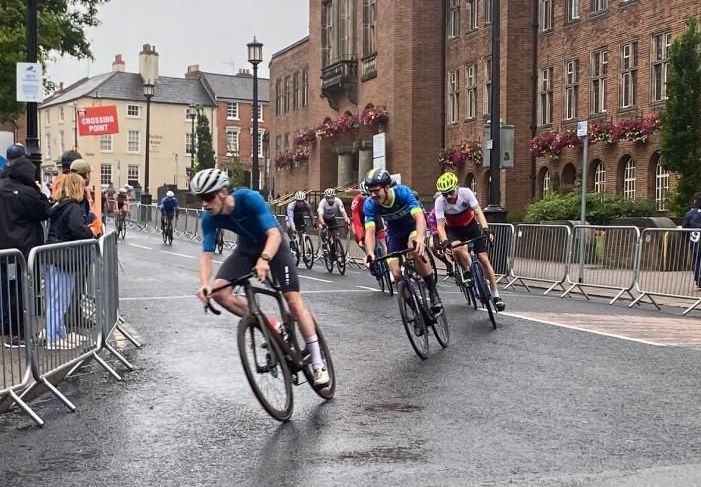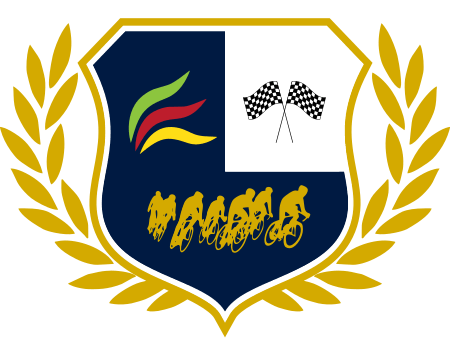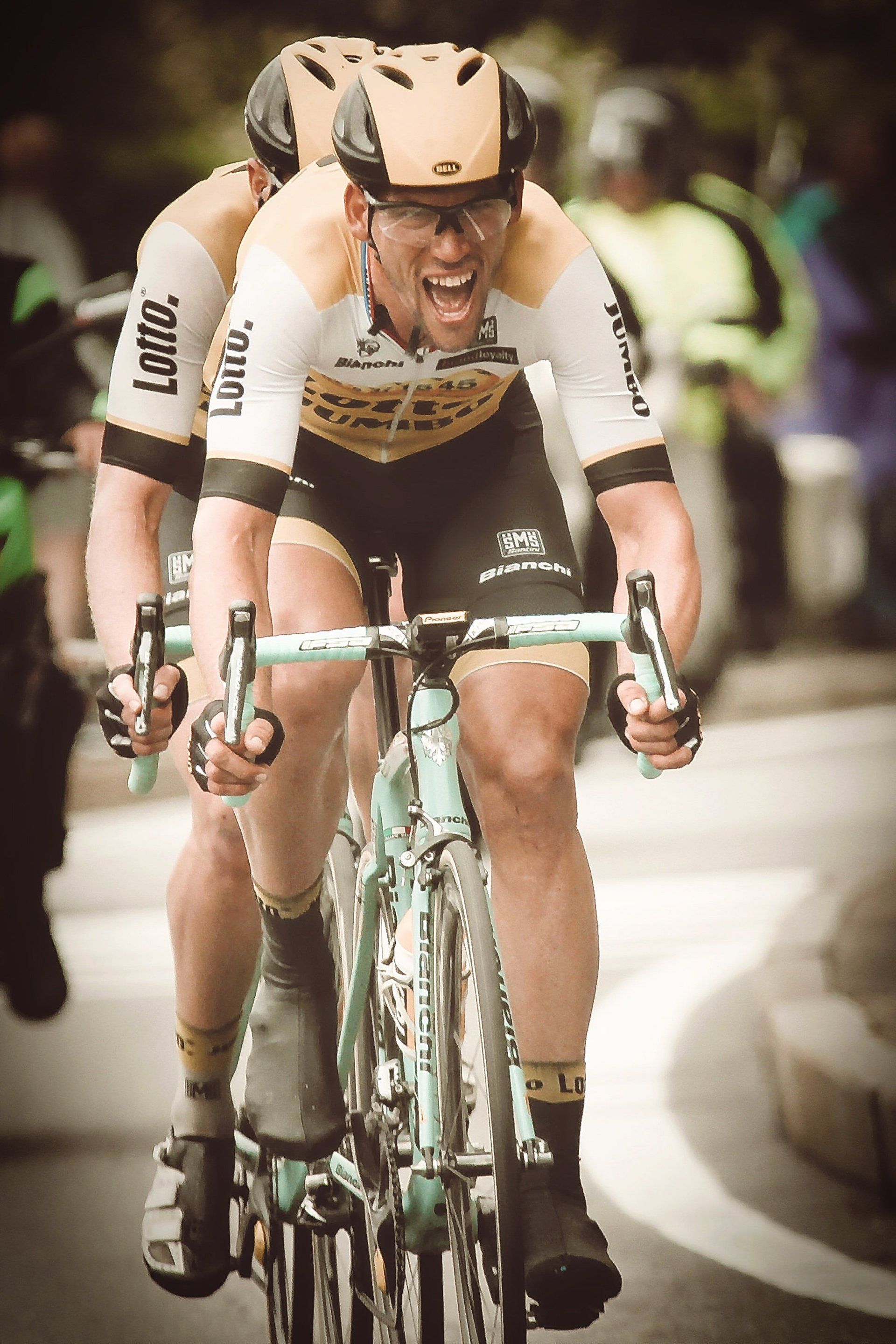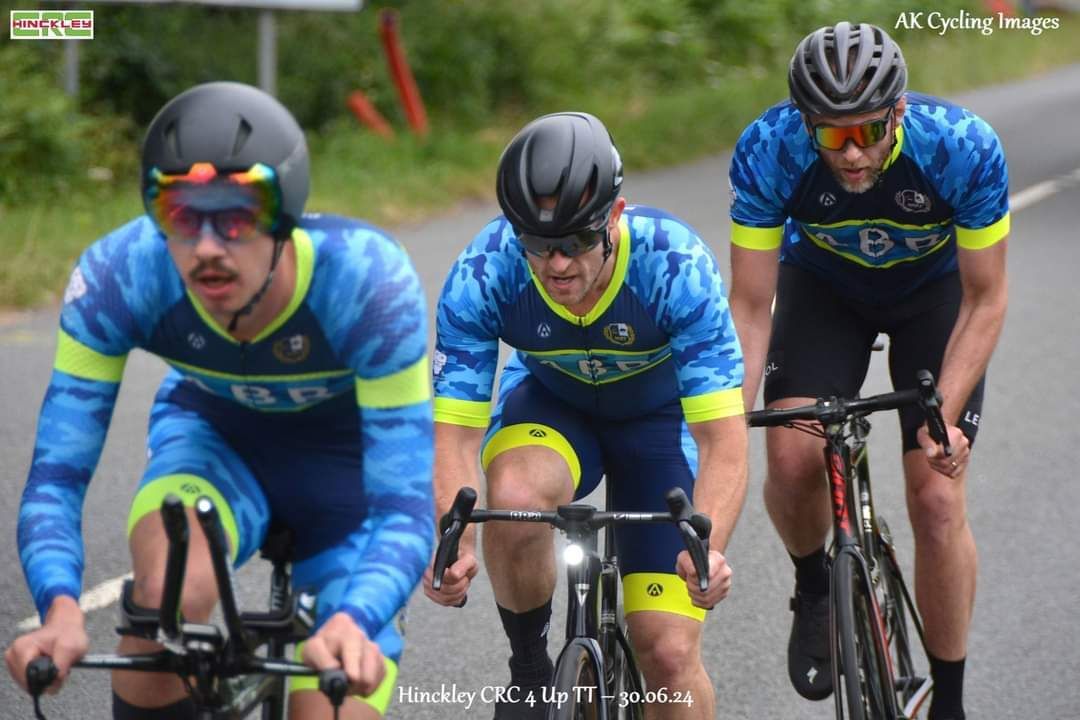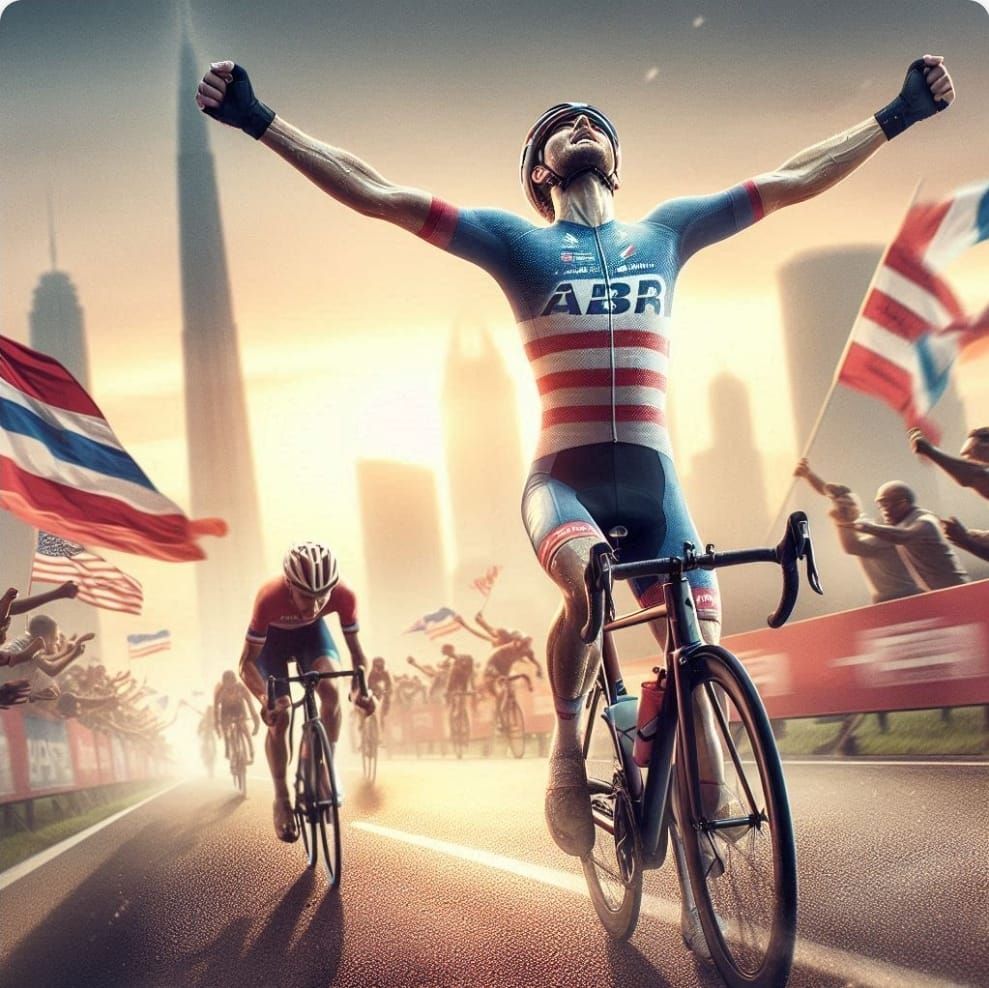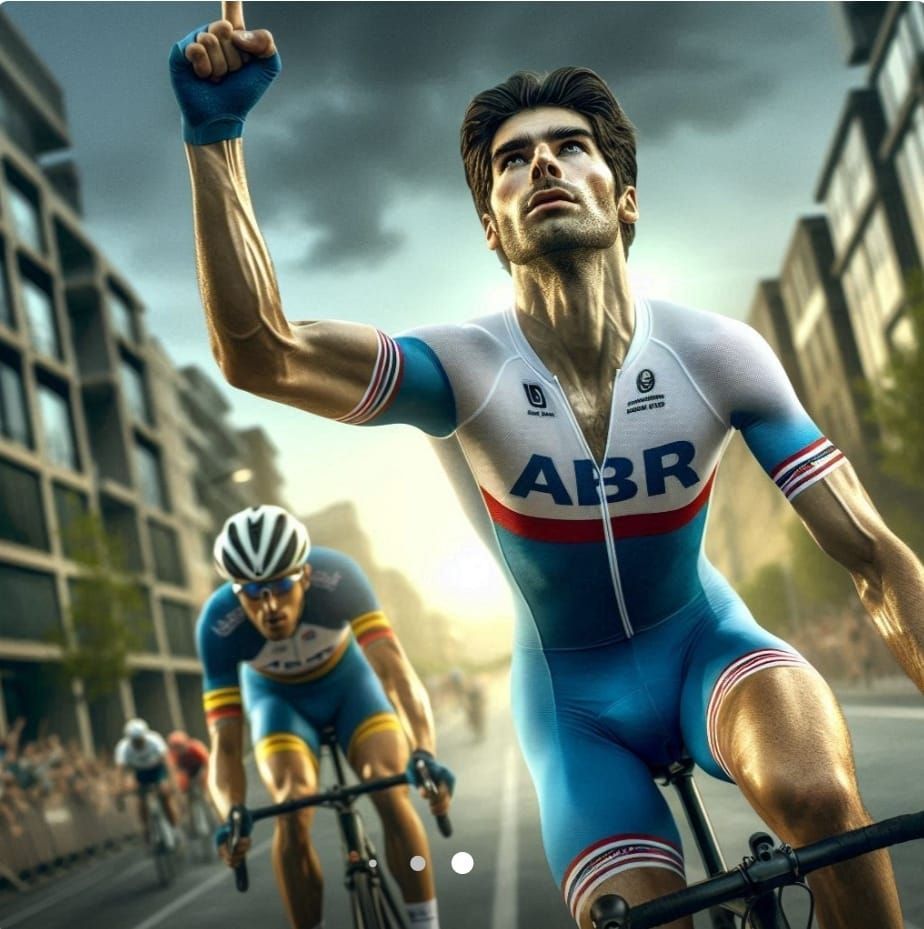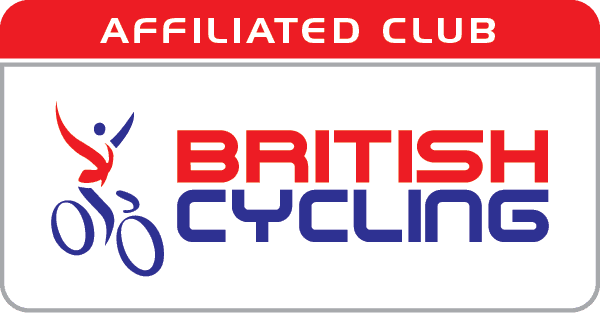Support the ABR Team
Help build a better experience for our ABR cycle team. We spend many hours on a non-paid basis.
Fast Group Cycling
How to cycle fast in a group
There’s something special about awell-organized high-speed paceline. By sharing the work of pushing through thewind miles fly by at speeds no one in the group could achieve solo. A goodpaceline epitomizes teamwork and the notion of a group being better than thesum of its parts. On the other hand, a raggedy paceline is torture. The speedis all over the place, everybody’s stressed out and twitchy on the brakes, gapsopen up, people get dropped; it’s a mess.
Why pacelines matter
You’ll be going faster than youcould maintain on your own, your power output during pulls will be higher thanyour normal Steady State or individual time trial intensity, and you’lldramatically improve your pacing skills for group rides and breakaways. Youwill also gain confidence in your handling skills at higher speeds.
The goal is to cover the distanceas fast as possible while staying together as a group (no dropping anyone!). Thisis good for cyclists who participate in Gran Fondos, road races, andcriteriums, as well as triathletes. Though many triathlons are not draft-legal, a team time trial workout is great for developing speed and awareness. My intent here is not to teach the basics of how a single rotating paceline operates, but rather how to turn a sloppy paceline into a faster, smoother, and less scary experience for everyone.
Be aware of the terrain
Little riders go uphill fast, but big riders roll the downhills and flats faster. You don’t want the group to splinter, which means each rider has to think about the optimal pace for the team when deciding how hard to ride on the front. Killing the big guys by speeding up the climbs means you’ll be slower on the downhills and flats. Hammering the flats might also put your group’s smaller riders so far into the red zone they can’t contribute to the pace making, or can’t keep up at all.
Ride smart in the recoveryline
As you rotate off the front you have to immediately consider what it’s going to take to get back on the last rider’s wheel, especially in faster pacelines. You shouldn’t stop pedaling completely or you will go backward like you have dropped anchor, but you should be able to ease your intensity to get some recovery in before getting back to speed. Pulling off and maintaining speed as you drop back is important. That way there is less of an acceleration needed to get back into the pull line.
Always leave something in the tank to get back into the draft
Part of being smart with how long you stay at the front is conserving enough energy to get back into the draft at the back. If you pull so hard you can’t latch onto the last rider’s wheel once you’re turn is over, the group will either leave you behind or everyone will have to slow down to wait for you. In a group setting a “full pull” is only over when you’re safely back in the draft. Think of it all as one effort (pulling, pulling off, and getting into the draft at the end of the line) rather than only focusing on the time at the front.
Don’t overgear
The faster you go, the tighter you want the group, because the benefit of drafting increases at higher speeds. But keeping the group tight requires a lot of little speed adjustments. Riding too heavy a gear at a low cadence makes it difficult to cope with these frequent adjustments. Aim to maintain a cadence around 85. You don’t need to exaggerate the cadence to something extremely high; you just don’t want to bogdown.
Forget standardized pulls
To go fast as a group you have to be flexible and remember that the goal is to keep the speed high. Take shorter pulls in harder terrain, take longer pulls if you have a tailwind assisting you, and don’t fry a rider by pressuring them into taking pulls longer than they can handle. If you’re getting tired or are not as strong as the others, take shorter pulls but make sure you’re maintaining the group’s pace while you’re on the front.
The second rider in the linegives the marching orders
The second rider (not the leader) is the best person to judge the intensity and position of the team on the road.If the wind has shifted, this rider should let the lead rider know if he needs to move right or left so everyone is drafting and the last guy isn’t stuck in the gutter. The second rider should also tell the lead rider – unless it’s painfully obvious – which side to pull off on. Sometimes the lead rider isn’t as acutely aware of where his teammates are finding the best draft, especially when the road and wind direction change frequently.
If you need to skip a turn, tell the rider in the recovery line to jump in
Sometimes in competition you try to skip turns quietly, but with your group ride buddies be nice and speak up. If you’re struggling to hold the wheel ahead of you or you know you need to skip a turn, tell the rider coming back in the recovery line, “In!” This should be the signal for that rider to fill the gap rather than continuing back to get onto your wheel.
Finding Yourself Dropping Off
It’s no fun not being able to keep up with the pace, or have spent all your energy at the front that you have nothing left in the tank to keep pace. Communication is vital in TT paceline cycling, if you find yourself being dropped or struggling with the pace of the group you need to get vocal, a quick shout “dropping” will alert the group that the pace is too quick and will need to be reduced to keep the pack together.
In conclusion
As you can see, mastery of the paceline emphasizes communication and situational awareness. You have to care about what’s good for the group in order to get the greatest contribution from everyone in it. Being vocal with each other will insure the group stays together while maintaining a fast paceline. While judging your time at the front is important in helping the group stay together, not pushing to hard where the group splits, and judging your pushes at the right times, flats, hill, etc..
ABR blogs are brought to you by Bloobo.com Website Builders.
What do they do?
Bloobo.com offers a wide range of services nationwide, all serviced from their offices in Derby.
Services include: Website Builder. Mobile apps. Marketing
They will work with you to design and build your website to match your brand, help attract new customers and manage social media and marketing consultancy.
Everything is designed for your brand and they offer great value whilst guaranteeing high quality.
